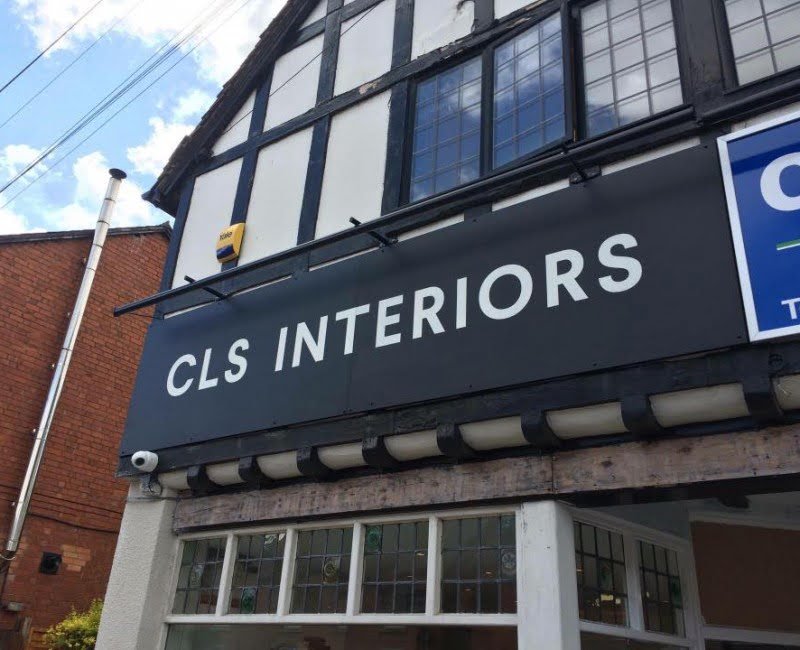
Signs are a very familiar part of everyday life – we see them everywhere. Signs come in many different shapes and sizes and their main use is to convey a message, give instruction or act as promotional material. Many signs which exist are serious in nature, whilst some are tongue-in-cheek. Signs are part of our landscape but how many of you have ever stopped to ponder the real work and effort that goes into making a sign and signwriting in general? In this article we consider some of the main factors that make a sign worthy of showcasing.
There are said to be a number of main points which anyone should consider when undertaking signwriting. These include:
* Purpose – what is the sign trying to communicate.
* Target – who is the sign directed at? Is there more than one target audience? Many signs can also have a secondary subtle purpose.
*Role – how long will the sign be required for – will the purpose change and need to be updated etc? Each and every sign and the individual role it plays will be very different from each person and their requirements.
Whilst the above seem a little broad, when it comes to the final and polished sign, the considerations actually become quite similar for all. Here are some signwriting aspects that are worthy of remembering:
*Size.
In some cases, the sign will have to fit a certain area and so dimension problems will never be in issue. Good signwriting techniques take account of all available space and ensure that a sparse or cluttered look is avoided.
* Ratio
Not everything is equally as important and needs to be viewed as such. Certain parts of a sign will take priority and precedence over others depending on what is trying to be conveyed – just as we established earlier.
Good signwriters will be aware of the need to try and highlight the key parts of the sign and ensure that this stands out from everything else. The obvious examples here are: names of a company, a business logo, or recognised instruction for example.

* Writing.
What makes a sign is what it says to the viewer. This is often done by words aswell as pictures and graphics. Good signwriters will be aware of the vast principles that cover this. These include:
– How is the writing displayed – in short sentences or longer words? Should there be a structure? E.g. A business name as the biggest font, the company slogan the next size down etc?
– Are there any font colour or font style preferences for the sign?
– Does the wording make sense with correct inclusion or any spelling and grammar where necessary?
The list on this one can be truly endless!
*Overall design.
The design of a sign (which incidentally takes into account all of the factors above) can make or break the whole purpose of it.
Sometimes there is need for uniformity and consistency, but be aware that to a viewer this can appear boring and actually make them less likely to observe or engage with the sign. A good signwriter will have an excellent understanding of what is likely to work based on clients individual requirements or purpose and therefore they should be able to tailor the design accordingly.
Want to find out more about BBG? Visit our about us page.
Find out more information about BBG Signs range of services including design, manufacture and installation of hospital signs, directional signs and pub signs.

Comments
Post a Comment